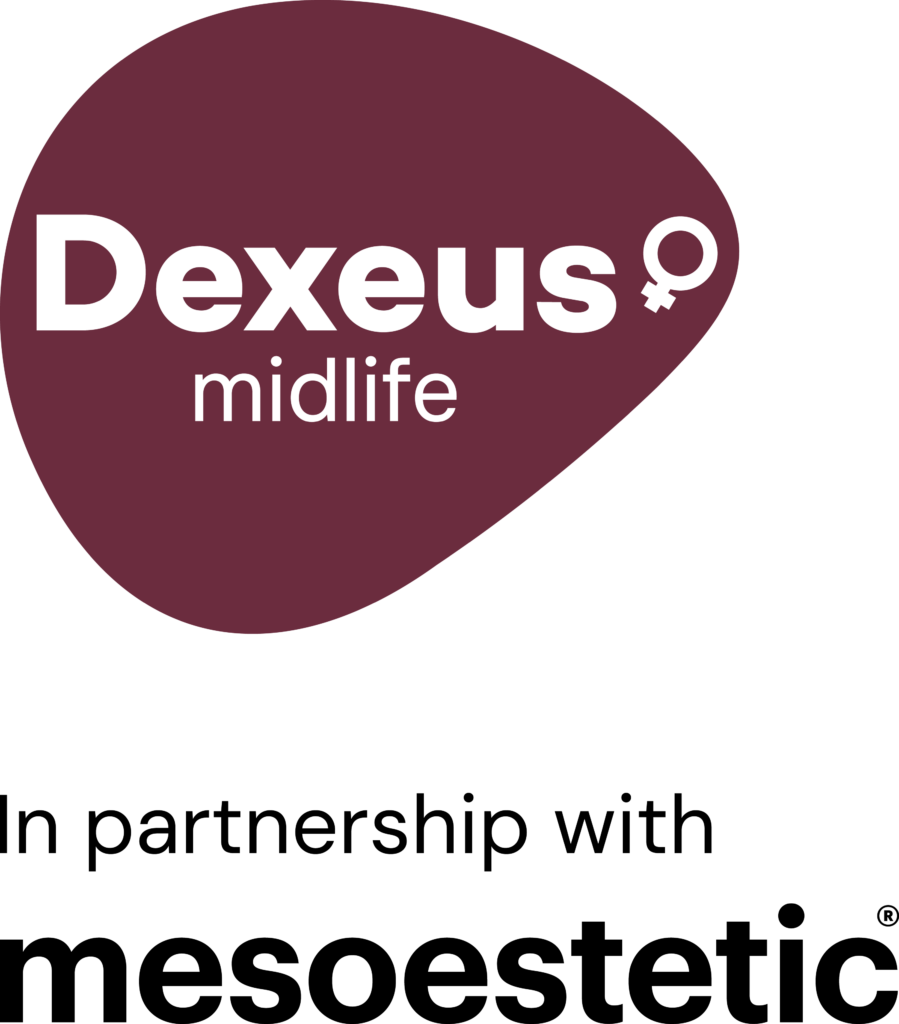There are more and more women who give birth without a perineal tear and without needing an episiotomy. However, it is sometimes necessary to carry out this operation to allow the baby to come out. In these cases, as in C-sections, it is inevitable that there will be a scar. These scars can cause adhesions in subcutaneous tissues and make it difficult to move adjacent structures, both of organs and muscle and ligaments.
If an episiotomy has been performed, a postpartum quarantine abdominal and pelvic assessment may be performed. If birth has been given via a C-section, a little more must be expected, between 6-8 weeks to give time for the wound to heal. This assessment allows you to see whether the process follows the expected course or if it is advisable to apply some treatment to promote good tissue healing and avoid possible complications or dysfunctions in the abdominal area and pelvic floor.
In addition, it is possible that scars that did not bother us before cause us discomfort in menopause. This occurs due to various factors: firstly, the oestrogen deficit reduces the amount of collagen and affects the elasticity of the tissues, so the scar can become more tense. There is also less vascularisation, which makes it difficult to repair tissues and can affect nerve sensitivity.
Sometimes the healing process can lead to hypertrophic scarring or keloid scars. Similarly, scars that have had complications, such as infections or dehiscence (i.e. that open up) can heal in an erratic way, causing aesthetic and functional defects. All these problems should be checked out, as they can be treated.
Treatments for gynaecological scars
Functional recovery laser treatment
Functional recovery laser treatment
Laser treatment induces a regenerative response at the cellular level that favours the synthesis of collagen and vascularisation of tissues,...
Read moreBio-regeneration with platelet-rich plasma (PRP)
Bio-regeneration with platelet-rich plasma (PRP)
Platelets are cell fragments present in blood plasma that naturally activate tissues' regenerative capacities. Therefore, they are used for therapeutic...
Read moreCarboxytherapy
Carboxytherapy
It consists of the infiltration of carbonic anhydrase (CO2) in tissues to promote an increase in blood circulation and to...
Read moreFat grafting
Fat grafting
It is applied in the urogenital area to stimulate tissue regeneration. It improves hydration, tone and lubrication of the vulvovaginal...
Read morePelvic floor physiotherapy
Pelvic floor physiotherapy
Hormonal changes and posture have an impact on the pelvic floor muscles. Often it is not seen or noticed until...
Read moreRadiofrequency
Radiofrequency
Radiofrequency is a cell activation therapy that stimulates the formation of collagen and elastin and increases blood flow, which makes...
Read moreFAQs
Is it true that there are people who heal worse than others? Why?
Yes, the ability to heal varies among people due to genetic factors and other factors. Genetic predisposition influences the body’s response to injuries, such as collagen production and inflammation. Some people have a higher tendency to form keloid scars (thick and raised scars) due to genetic variants that affect these processes. In addition, factors such as age, nutrition, general health and wound care also influence healing. Therefore, differences in healing are a combination of genetics and environmental conditions.
What hygiene measures are recommended to promote proper healing?
Ensure that the area is always clean and dry and do not load weight or perform high-impact exercises (running, jumping), and avoid swimming pools and jacuzzis (they are completely contraindicated). It is also advisable to wear loose clothing and 100% cotton and breathable lingerie.
How long should we wait to start a treatment?
It is generally recommended to wait at least 6 weeks after childbirth or a C-section before considering any treatment for the scar, as this is the approximate time when the wound is sufficiently healed to assess its evolution. During the first few weeks, healing follows a process of collagen formation, and the skin is still vulnerable.
Why are keloid scars formed?
Keloid scars form when the body produces too much collagen during wound healing. Collagen is a protein that helps repair the skin, but when production is excessive, a lump or bulge that protrudes from the skin is formed, creating a thick, raised scar. This usually happens because the healing process is out of control. Instead of stopping once the wound is closed, the production of collagen continues in an uncontrolled manner. Although the exact cause is not known, genetic factors play an important role: some people have a hereditary predisposition to forming keloid scars.
Can they be prevented?
It is difficult to prevent keloid scars since there are genetic issues involved, but we can reduce the risk of forming or decreasing the size with measures, such as taking good care of the wound from the beginning of the healing process, using silicone gels or patches, carrying out gentle massages once it heals over and avoiding sun exposure. In cases where the keloid scar has already been formed, treatments such as infiltration of intralesional corticosteroids or laser treatment can be chosen.
Is it true that perineal massage helps to increase the elasticity of the tissues?
Yes. It has been demonstrated that doing it daily from week 32 of pregnancy helps to increase the elasticity and flexibility of the perineum tissues and the vagina.
Should you apply moisturising creams or oils at a local level, such as rosehip oil or sweet almond oil?
While some creams or oils can help improve skin hydration and flexibility, the most scientifically proven products for improving healing are silicone gels.
How can you improve an episiotomy scar that has become tight and painful?
You can start with massages after 6 weeks from giving birth. It is also important to keep it hydrated, and oils such as those of rosehip or other emollients can be used. If the discomfort persists despite these measures, regenerative treatments can be proposed to improve that healing process.

